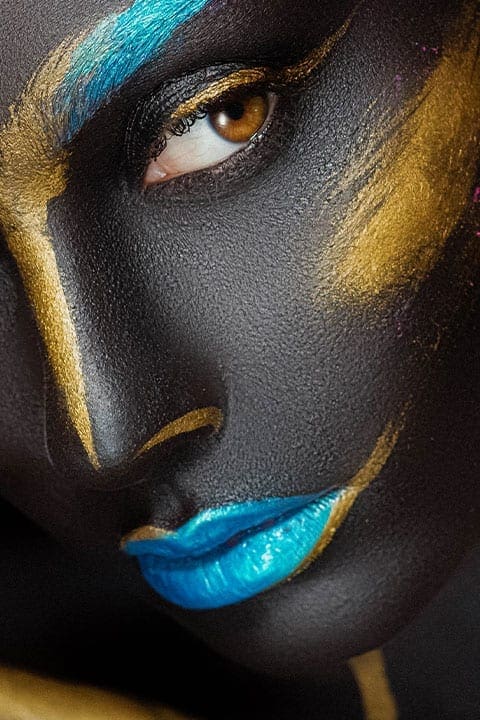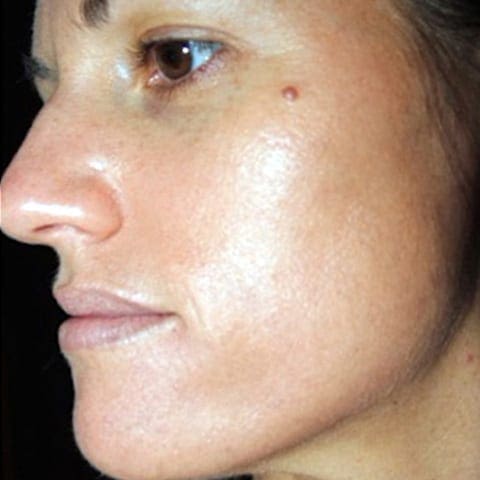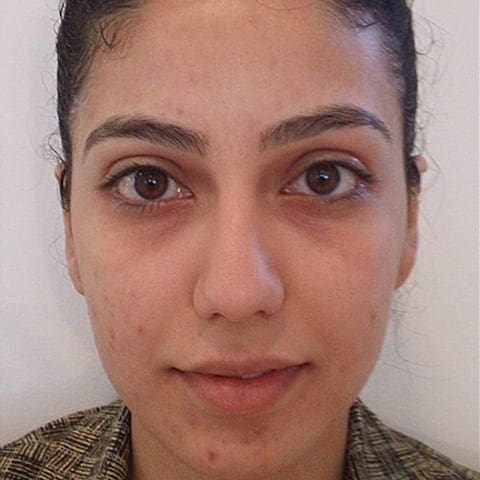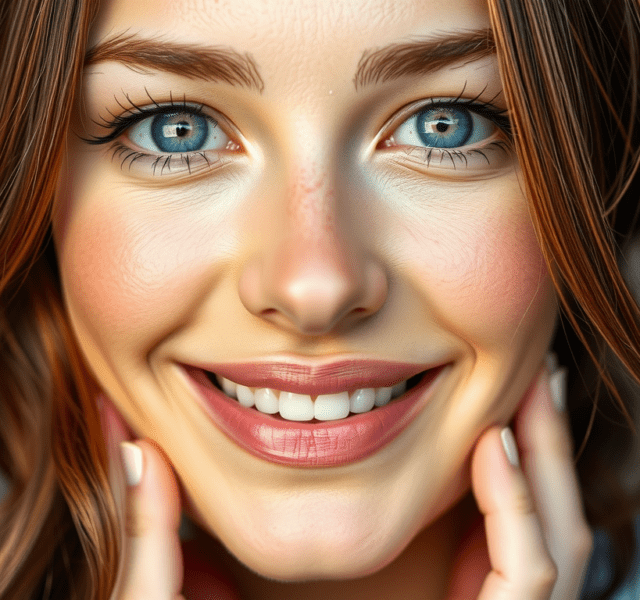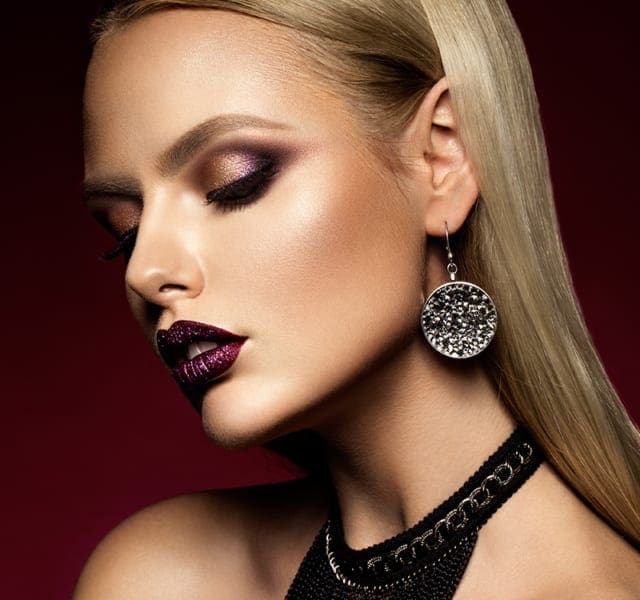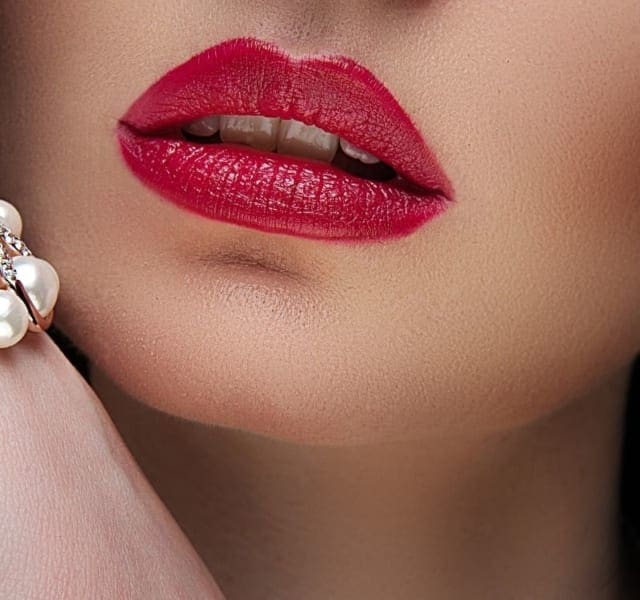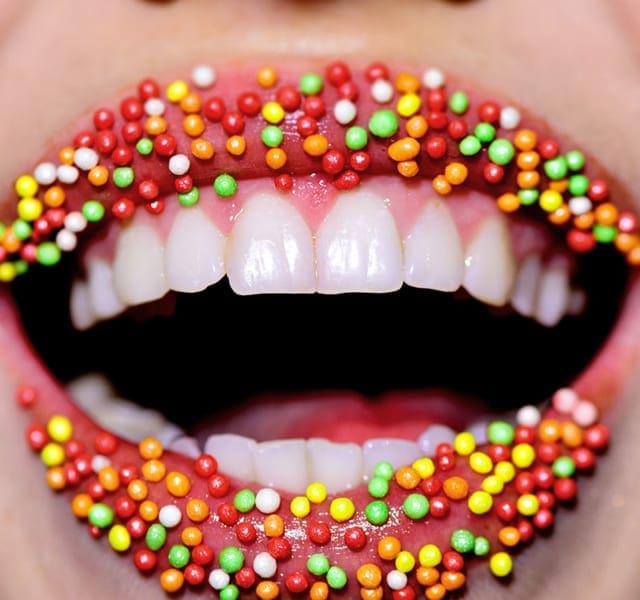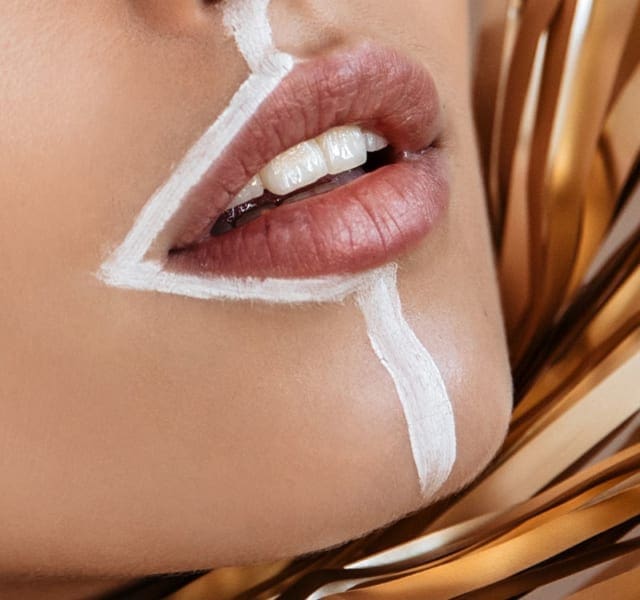Treatment
Chemical Peels.
CHEMICAL PEELS – THE PERFECT PEEL & ZO SKIN PEELS
Chemical peels are used to treat wrinkles, discoloured skin and scars — usually on the face. They can be done alone or combined with other cosmetic procedures. And they can be done at different depths, from light to deep. Deeper chemical peels offer more-dramatic results but also take longer to recover from. – otherwise referred to as chemical skin peels, are used to treat dull-looking skin or skin suffering from blemishes, acne, sun damage, large pores and fine lines. It’s a non-surgical solution to reveal newer, fresher skin for the face, neck, hands and body. A chemical solution is applied to the skin, causing the older damaged layers to blister off.
We use a range of peels and can recommend the perfect peel for you and your complexion: The Perfect Peel and The ZO Skin Peel.
Superficial Peel:
Zo Stimulator Skin Peel: The perfect lunchtime peel – with no downtime and added anti-irritants and antioxidants, this advanced peel solution is gentle enough for all skin types.
Medium to Deep Peel:
The Perfect Peel: This is 5-acid blended peel with Glutathione, Vitamins and Minerals. It is an in-clinic chemical peel which can only be performed by medically trained professionals.
Zo 3 Step Peel: The ZO 3 step peel, helps strengthen the skin from inside out due to its powerful ingredients including TCA, plant extracts enzymes and high concentration of Vitamin A known as retinol.
Costing anything between £100 and £300, chemical peels at are often seen as a perfect way to get a better complexion without going under the knife.
What are chemical peels and how do they work?
A chemical peel is a special acid solution that is applied to the face or body skin for exfoliation and rejuvenation purposes. The solution normally contains prescription strength acids. After a chemical peel treatment, the skin will begin to peel off, exposing the trapped, underlying healthy skin cells.
With this non-invasive treatment, skin tone and texture are improved, leaving you not just with healthier looking skin, but actually healthy skin.
Benefits of chemical peels
Chemical peels are performed on the face, neck, body or hands. They can be used to:
- Reduce fine wrinkles
- Treat sun damage, ageing and hereditary factors
- Improve the appearance of mild scarring
- Treat certain types of acne
- Reduce age spots, freckles and brown pigmentation
- Improve the look and feel of skin that is dull in texture and colour
- Treat dilated pores
- Improve all of the above on hands, neck, chest and other areas.
Chemical Peel for acne
Acne vulgaris is the most common skin disorder in adolescents and young adults in London. Chemical peels break down corneosomes with subsequent exfoliation, induce keratolysis, and have comedolytic effects. They also decrease sebum production and pore size, and have anti-inflammatory and anti-bacterial properties.
Chemical Peel for acne scars
Chemical peels improve the appearance of acne scars by using a chemical solution to remove the outer layer of old skin. The new skin that replaces it is usually smoother and less scarred in appearance. A medium depth peel may generate quicker results and are best for acne scarring.
Chemical Peels for wrinkles
Chemical peels improve the appearance of wrinkled skin by using a chemical peel solution to remove the outer layer of old skin. The new skin that replaces it is usually smoother and less wrinkled in appearance.
Chemical Peels for melasma and age spots (dark spots)
Melasma is a common disorder of hyperpigmentation. The basic mechanism of the action of chemical peels in melasma is the removal of unwanted melanin by causing a controlled chemical burn to the skin.
Chemical Peels for hyperpigmentation
Chemical peels can lighten and even out the skin tone. Superficial peels are suitable for ethnic skins. However, pigment changes can be caused by a chemical peel in people prone to this complication due to their skin type.
Chemical Peels for dark skin
At London Lip Clinic, we specialise in chemical peels for Black Skin. Contact us for a full consultation.
Can you get a chemical peel on your body?
Body peels work in the same way as facial ones, using chemical exfoliation from ingredients such as lactic acid, glycolic acid, trichloroacetic acid or salicylic acid. These chemical ingredients cause the upper layers of your skin to peel away, leaving behind revitalized, new and healthy looking skin.
Before and After (Gallery)

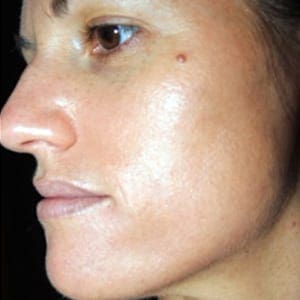
Prices: How much are chemical peels?
Cost will vary depending on the type of peel, surface area to which it is applied, follow-up care and the qualifications of the person doing the peel.
Costs for a professional medical prescription only peel at London Lip Clinic can vary between £100 and £500. Full chemical peel price info check our prices page.
Types of chemical peels
There are three types of chemical peels: superficial, medium, and deep.
The Superficial peel is for those who want exfoliation on the outer layer of skin only. Although it’s a milder peel, the treatment is used to improve skin discolouration and an uneven skin texture.
The medium peel typically consists of trichloroacetic acid (TCA) that targets the outer and middle layers of skin to remove damaged, worn out cells. This specific treatment is used to improve the appearance of age spots, fine lines, wrinkles, freckles, and moderate skin discolouration.
The deep peel penetrates to the middle layer of the skin. This peel is perfect for patients with more advanced skin concerns, including wrinkles, lines, shallow scars, and more.
Do chemical peels work?
How long do chemical peels last?
The exfoliation and skin cell regeneration achieved with our special chemical peels is permanent. But your skin completely turns over about every 27 days (this cycle slows as we age), so you’re continually dealing with new skin.
How long do chemical peels take to work? How many peels are needed to see results?
Results from a chemical peel depend greatly on your skin care routine. The better the routine, and the less sun exposure to the area treated, the longer your results will be able to be maintained. Since the effects of ageing on skin are unavoidable, we recommend 2-3 maintenance peels per year to combat the effects of ageing on your skin.
What is the most effective chemical peel?
At London Lip Clinic we have seen some amazing results with The Perfect Peel & Zo Skin Peel.
Who should get chemical peels?
A chemical peel is a great way to rejuvenate and refresh your skin. Top four conditions that benefit from peels include:
1: Fine Lines and Wrinkles
The appearance of fine lines and wrinkles is the perfect time to schedule a chemical peel. Visible fine lines and wrinkles can start to show as early as your 30s, and they can make you look dramatically older. A peel can stimulate skin regeneration.
2: Acne and Acne Scarring
Acne isn’t a skin condition limited to teenagers. Everyone can experience mild to severe breakouts anywhere on their body at any age. Reoccurring or chronic breakouts can signal the need to schedule a chemical peel to treat acne. A peel can reduce the appearance, severity, and reoccurrence of breakouts.
3: Skin Pigmentation Concerns
A pigment called melanin determines the colour of your skin. As you age, the special cells in the skin that make melanin can become damaged or unhealthy. Melanin production is impacted, and skin pigmentation disorders that affect patches of skin can result.
A chemical peel that targets the area of discolouration can reduce the appearance of odd skin pigmentation. It can even decrease the appearance of freckles.
4: Skin Texture Concerns
As we age, the texture of our skin changes. It’s common for your skin to lose moisture upon entering your 30s. As a result, skin texture can become dry and leathery. Skin damage can also impact texture, making delicate skin feel and look weathered.
Aftercare
- After a peel you need to leave your skin alone — Don’t touch, pick, or pull on the peeling skin.
- Use a moisturiser — The dry, tight feeling is part of the process, so you only want to apply enough moisturiser to keep comfortable.
- Use sunscreen — You’re trying to get rid of the sun-damaged skin with your peel, so you must protect your new skin with SPF 50 or higher sunscreen and protective clothing.
Procedure
Right before the chemical peel, the skin is cleaned. The chemical is then applied to the skin with a gauze. The chemical is left on the skin for several minutes, depending on the type of chemical peel – superficial/medium/deep peel used. Water is used to neutralise the acid and end the chemical reaction, then the chemical is wiped off. You may feel a little burning while the chemical is on your skin. A sun cream is applied before you leave the clinic.
Who performs chemical peels?
We only carry out prescription based chemical peels. All peels are performed by a medical aesthetic practitioner. We do not employ any beauty therapists at our medical clinic.
When is the best time to get a chemical peel?
Although you can choose to get a chemical peel any time of the year, the best times is winter time between September and April.
How often should I get a chemical peel?
We recommend having 1-2 peels per year if you do not have any specific skin concerns.
Side effects
As with all medical skin procedures, complications may occur after a chemical peel. The most common is a change in skin colour. People with dark, olive skin are prone to an increase in skin colour. These changes tend to settle over weeks to months.
Mild scarring can occur in rare cases
Rare complications include: bacterial infection, reactivation of cold sores, persistent redness and a more reactive skin for up to six months or so.
Are chemical peels safe?
Active herpes simplex or warts in the area to be treated
A chemical peel could cause herpetic activation, so it’s best to avoid if you have either herpes simplex or warts.
Wounded or sunburned skin in the area to be treated
If the skin is already damaged, you run the risk of facial scarring or burns. It is not recommended to have a chemical peel just before or just after excessive sun exposure.
Currently pregnant or breastfeeding
Pregnant or breastfeeding women should avoid a chemical peel. Chemicals used in some chemical peels can be harmful during pregnancy and breastfeeding.
History of radiation therapy in the area to be treated
Similarly, with wounded or sunburned skin, your skin could be compromised or damaged if treated with radiation or laser , so it is best to avoid a chemical peel in this circumstance.
A history of autoimmune diseases or those with weakened immune systems
As a chemical peel is revealing lower layers of your skin and inducing healing, people with weakened immune systems and diseases such as lupus or rheumatoid arthritis should avoid a chemical peel.
Vitiligo
If you have vitiligo, any type of skin trauma may initiate the spread of your condition.
THE PERFECT PEEL
Never before has a chemical peel offered results at this level to all ranges of skin types. The Perfect Peel founds itself on a key anti-aging ingredient never before used in a peel: glutathione. Glutathione is the ultimate antioxidant known to prevent damage to important cellular components caused by free radicals and peroxides. As we age, our glutathione levels are depleted due to sun exposure, air pollutants and environmental stress.
The Perfect Peel is the only peel that premieres glutathione as a founding component and is the only true anti-aging ingredient offered exclusively in our formula. The Perfect Peel works from the inside to repair and nourish the skin by giving it a radiant glow, refining pores, improving skin hyperpigmentations, lifting melasma, diminishing fine lines and wrinkles, eliminating acne and preventing acne marks. Most importantly, the glutathione element defies the aging process.
Glutathione penetrates deep into the cellular level of the skin to fight oxidant damage and is the anti-aging answer to premature wrinkling. Glutathione is proven to reverse the melanin’s metabolism turning dark pigmentations (eumelanin) into light pigmentation (phaeomelanin).
The Perfect Peel is considered a strong peel and is effective in delivering a vast improvement with just 1 treatment. The peel is not painful during application and entails a slight sting for the first 30-45 seconds. Patients will experience peeling throughout days 3-6 and will be completely finished with the peel process by day 7.
How does The Perfect Peel compare to other peels?
The Perfect Peel combines powerful ingredients with effective acids to deliver outstanding results after one treatment. This unique formula allows for an increase in lifting of fine lines and wrinkles as well as reducing dark patches from sun damage or melasma. The Perfect Peel is a non-invasive, virtually painless treatment with only 2-4 days of peeling. Peeling starts about 2 days after the treatment. Therefore, planning purposes, the peel should be done 10-14 days before your big event.
How many treatments are necessary for visible improvement?
After one treatment of The Perfect Peel, overall skin tone and complexion will appear smooth, glowing and fresh. Depending on skin conditions, multiple treatments may be necessary for desired results. A series of 2-3 treatments applied once every 4 weeks will allow for optimal results for more severe skin conditions such as melasma and active acne. When you attend your skin consultation at London Lip Clinic, Rupesh can discuss the number of treatments you may need.
How long will my results last?
As long as the skin is maintained with proper skin care products improved results will last. We recommend 2 – 4 Perfect Peel treatments per year to sustain desired results for regular maintenance and rejuvenation. If your looking for great results with no peeling. Dermapen is a great alternative treatment to consider.
What skin types respond well to The Perfect Peel?
All skin types (Fitzpatrick 1-6) and all ethnicities are safe to treat and will benefit from The Perfect Peel.
The Perfect Peel ingredients:
Trichloracetic Acid (TCA), Salicylic Acid, Retinoic Acid, Glutathione, Kojic Acid, Phenol, Vitamin C, Minerals.
The Perfect Peel is a revolutionary peel that will transform your skin into looking younger, healthier and clearer in just one week. The Perfect Peel is founded on a key anti-ageing ingredient never before used in a chemical peel- Glutathione.
Glutathione is the ultimate antioxidant, penetrating deep into the cellular level of the skin to fight oxidative damage and is the anti-ageing answer to premature wrinkling.
Glutathione is a very simple molecule that is produced naturally all the time in our bodies. It is made from glycine, glutamic acid and cystine and is extremely beneficial to us. Glutathione has been used as an alternative to hydroquinone, as it appears to behave in a similar way, if not better, but without all the potential side effects that can occur with hydroquinone.
What type of preconditioning is required?
The Perfect Peel requires no preconditioning of the skin prior to treatment. Only those patients who use Roaccutane must stop usage (12) months prior to treatment in order to achieve desired results.
How severe is the peeling and what is the duration of the peeling process?
The amount of peeling skin associated with The Perfect Peel is mainly a sloughing of thin sheets of the top layers of the skin (epidermis) that begins around day three and generally is completed by day six or seven.
What will I look like during The Perfect Peel treatment process and post peel?
Immediately after the peel has been applied the skin will appear slightly pink and bronzed. On day three, peeling will begin around the nose and then extends to cheeks and forehead. If the neck is peeled, this may not be as dramatic as the face’s peeling. This is normal. The neck skin or other non-facial areas usually don’t experience as much peeling skin. It doesn’t mean that the peel was ineffective. This skin also has to be treated more gently than facial skin to maintain safety. The Perfect Peel moisturiser will reduce the visibility of peeling by hydrating. By day six or seven the peeling process should be mostly complete (especially for facial skin).
Will my daily routine be affected after the treatment?
Normal activities may be resumed immediately post peel. We recommend avoiding heavy exercise and excessive sweating during the peeling process. Also, it is extremely important not to pull or rub on peeling skin. If skin is prematurely or forcefully peeled, adverse side effects are higher.
Can make-up be worn post peel?
The day the peel is applied the patient should not put any make up or other products on his or her face post peel. Make-up may be worn on day 2 of the peeling process.
Can The Perfect Peel be applied to other parts of the body other than the face?
The face, neck, chest and hands are the most commonly applied areas. The Perfect Peel can be applied to other areas of the body, but the process and the results will not necessarily be the same. It may take more treatments to achieve the same effectiveness as facial skin. Again, this is because there are less pilosebaceous units off the face, which make this skin more sensitive. We take this into consideration when determining your treatment plan. Safety and effectiveness are both extremely important.
Will The Perfect Peel help improve acne and acne scars?
The Perfect Peel formula was designed to help improve various problematic skin conditions, including acne. The Perfect Peel helps minimise the damage and scarring that can result from acne. Glutathione helps increase cellular turnover thus reducing stubborn acne scars. A series of peels is required.
How many treatments are necessary to improve the appearance of acne scars?
Depending on the severity of the scarring, a series of 3-4 peels spaced four weeks apart is recommended for optimal results. The number of treatments will also depend on how vigorously the layers are applied.
Is sun exposure permitted post peel?
Sun exposure should be limited if not avoided before and during the peel process to avoid uneven exposure. When you expose your skin to the sun’s ultraviolet light rays before and after peels, you increase your risk of side effects from a peel, especially post-inflammatory hyperpigmentation (paradoxical darkening from peel).
Can I receive the Perfect Peel if I am pregnant or nursing?
If you are pregnant, you cannot receive the perfect peel. If you are nursing, you may receive the peel, but you need to dump your breast milk for 24-48 hours after the procedure.
ZO 3 STEP PEEL
ZO 3-Step Peel is the only multifunctional epidermal peel designed to provide longer-lasting treatment benefits. Utilising a blend of exfoliants, a 6% concentration of retinol and multi-action agents that stimulate collagen and restore moisture balance, it evens skin texture for softer, smoother, tighter looking skin. The ZO 3-Step Peel is an innovative treatment, designed to support dermal and epidermal stimulation.
We often recommend you starting on a ZO skin program according to your skin type 4-6 weeks before the 3-Step Peel to help strengthen skin and enhance the benefits of it. The application of this peel can be easily tailored to each person, based on their tolerance level and can be repeated every 3-4 weeks. However, you should expect some downtime after this peel. To maintain results, the peel should be repeated 2-3 times per year.
Key Benefits of the 3-Step Zo Skin Peel
- Improves acne, melasma, sun damage, fine lines, texture roughness, large pores, and dullness.
- Suppresses post-procedure skin inflammation that can be caused by peels, sun, hormones and pollution.
- Patient-friendly peel for all individuals. Suitable for any skin type or colour.
- Usage studies show minimal irritation.
- Dual-action, highly effective peel designed to provide epidermal renewal and dermal stimulation.
- Utilises a blend of exfoliants, 6% concentration of retinol, and multi-action agents to significantly improve skin health and treat many signs of skin ageing.
- Supports barrier function and improves skin’s ability to repair and renew itself.
- Provides antioxidant protection, DNA repair, and anti-inflammation benefits.
What To Expect During Your Consultation At London Lip Clinic?
You will meet with Rupesh, our highly trained aesthetic practitioner at 8 Harley Street, London for an in-person assessment of your skin.
Rupesh, your highly trained and experienced practitioner will discuss the following with you at this consultation:
- The best options for treatment for you given condition, and the results that you would likely achieve with each treatment
- An explanation of the treatment or treatment plan
- Go through your past medical history
- Answer any questions you may have
- Invite you to return back to the clinic if required to see us after your treatment


